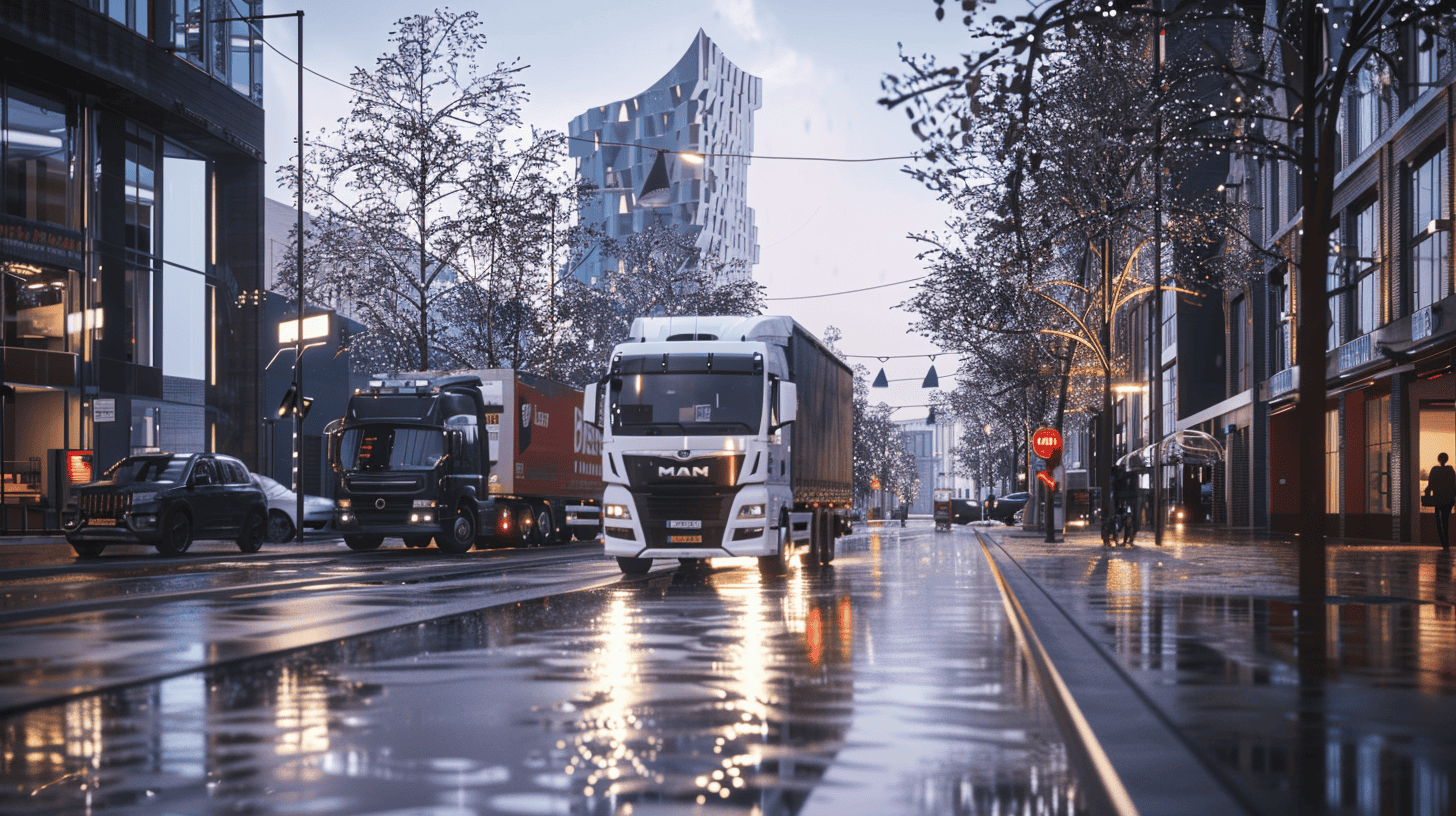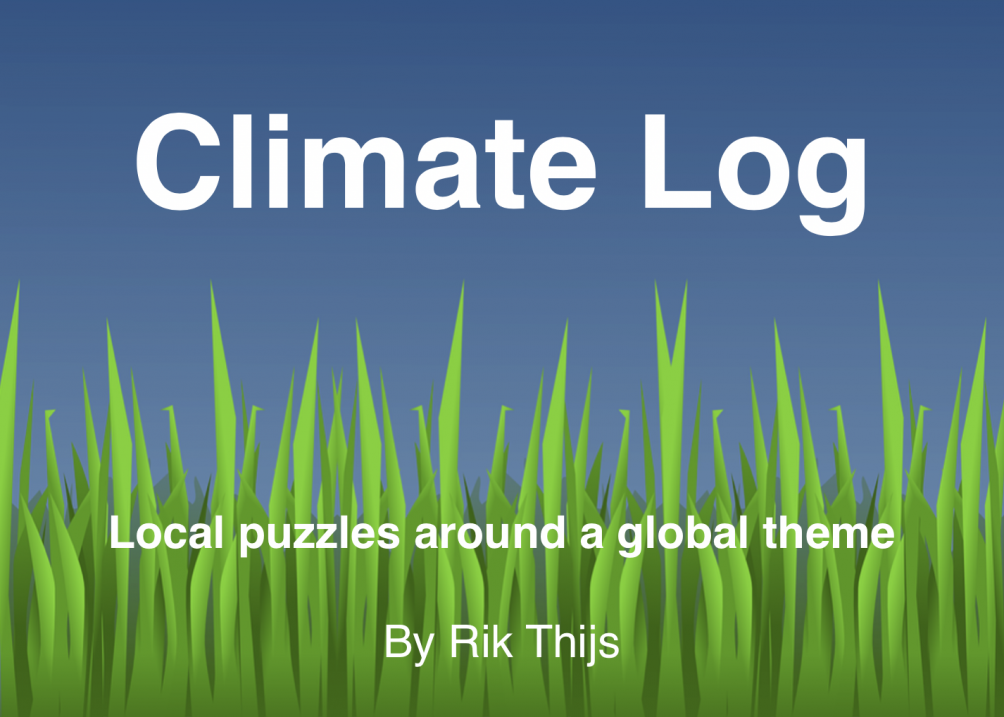
The climate is changing and we are all going to feel the consequences all over the world. Plenty of plans exist to prepare for it or even reverse the process. But what can you contribute as an alderman of a medium-sized city in the Netherlands? What is the impact of climate action at the local level? Rik Thijs, Alderman for Climate, Energy, Land, and Greening in Eindhoven, takes us through his dilemmas, his choices, and his ambitions once a month.
Eindhoven will have a zero-emission zone within the Ring Road for trucks and vans from January 1, 2025. From then on, only electric trucks and vans will be allowed to drive in this area. Eindhoven is not alone in doing so; 30 other cities are also establishing zero-emission zones. There is a delay for older diesel passenger cars (with Euro class 4 and below). They are still allowed to drive within the Ring Road for now, because the Lower House still has to sort out the laws and regulations. As soon as things are in order with the State, we will still introduce the environmental zone.
Back in 2020, the City Council took the decision to introduce this zero-emission zone by January 1, 2025. This is necessary for a livable and healthy city center with clean air, lessCO2 and lots of greenery.
Although mobility is not my portfolio, I welcome this step. We usually don’t see dirty air, but it is there. In fact, the air quality in Eindhoven really needs further improvement.

Since 2010, we have been measuring air quality in 33 places in Eindhoven. By measuring in so many places and by the long-term nature of the measurements, we get a good picture of it. The measured values can vary considerably per period and depending on the season because of the specific weather conditions. Therefore, we can only see over a longer period of time whether air quality is really improving thanks to measures. The measurements show that the air quality has improved since the start in 2010, and fortunately meets the European standard. Unfortunately, this does not yet mean that the air is healthy. This is why we aim to meet the WHO standard for air quality by 2030.
However, on many things that make the air unhealthy, we as a municipality have no influence. Think of dirty air from industry in the Ruhr area or emissions from cars driving on the highways around Eindhoven. Neither do we have any influence over industrial emissions from agricultural companies in the area.
The measure to create a zero-emission zone within the Ring Road for trucks and delivery vehicles may seem like a drop in the ocean, but these are the knobs we can turn as a municipality.
If you have a nice old van converted into a camper van or you are a small business owner, and you live within the ring road, then of course you will be sore about this decision. That’s why there will be nationwide transitional regulations for existing vehicles. There are also exemptions, waivers and subsidies. Think of a national purchase subsidy for electric vans and trucks and a scheme for the purchase of a new emission-free truck.
Still, I am convinced that all the small steps have a big effect. With a zero-emission zone within the Ring Road for trucks and delivery vehicles, we are taking another step towards a healthier Eindhoven.

